Hopefully your suckler calves are growing well and thoughts are turning to weaning over the next few months. Body condition scoring cows is a helpful way to inform your plans. Ideally spring calvers should score 2.5 at calving and 3 by housing. Autumn calvers should score 3 at calving but both groups will typically lose condition through winter.
Weaning Considerations
Options are to wean late for over-conditioned cows, having the calf draw some of their condition off them, and reduce the likelihood of calving difficulties next year. Or to wean early for those in poorer condition, particularly heifers, and improve the chances of conceiving. This is a way to improve their condition with less costly winter supplementation.
Weaning is a stressful time for the suckled calf, below are suggestions to reduce this and make weaning more efficient:
- Take cows away from calves, leaving calves in an environment they are familiar with
- Keep nose-to-nose contact for 4+ days if possible (e.g. fence-line or hedge separation)
- Ensure weaning is a separate job to housing (at least 2-3 weeks apart)
- Creep feed calves (for a minimum of 3 weeks before)
- Weigh calves and monitor birth to weaning growth rates (should average 1.1kg/day)
A cow should wean 40%-60% of her liveweight in calves, but this needs to be achieved cost-effectively, and if higher rates of growth can only be achieved with increased inputs, cost of production must be considered carefully.
Bad Eyes
At this time of year, calves are especially vulnerable to pink eye (bacteria Moraxella bovis). The strong UV light, combined with irritants to the eye (dry, dusty conditions, stalky vegetation, and pesky flies) all contribute. To top these risk factors off, any disease that affects the animal’s immunity (e.g., BVD or IBR) will reduce their ability to fight infection and mean you may well see eye problems peak. Whilst often the infection will resolve, cases still prove costly through their effect on reduced growth weights, labour time and treatment costs. There are always those cases that become chronic and don’t recover too!
At this time of year, calves are especially vulnerable to pink eye (bacteria Moraxella bovis). The strong UV light, combined with irritants to the eye (dry, dusty conditions, stalky vegetation, and pesky flies) all contribute. To top these risk factors off, any disease that affects the animal’s immunity (e.g., BVD or IBR) will reduce their ability to fight infection and mean you may well see eye problems peak. Whilst often the infection will resolve, cases still prove costly through their effect on reduced growth weights, labour time and treatment costs. There are always those cases that become chronic and don’t recover too!
Early signs of eye disease can be as subtle as avoidance of bright light and squinting. Issues are more likely to be noticed further down the line as weeping, colour changes, and ulceration occur. Eye problems are very painful and will affect production performance so should be dealt with as promptly as possible.
Vaccination is a proactive way to reduce severity and spread of the causal bacteria through your herd and can be a useful way to manage eye disease on farms that have recurrent disease issues. If you experienced pink eye last season, you are more likely to experience it again. Please speak to your vet about vaccine options. Comprehensive fly control is also an important way to reduce spread (with various options available, such as spot on products, ear tags, parasitic wasps and bait bags).
Treatment can also be administered on a reactive basis; this needs to be as soon as possible and aggressively. Either with topical antibiotic tubes and/or systemic antibiotic injectables, as well as pain relief/anti-inflammatory.
Other diseases such as silage eye, mycoplasma and IBR can cause eye problems in cattle so please do contact your vet if you have concerns.
Also don’t forget to drop in poo samples to continue to inform worming decisions!
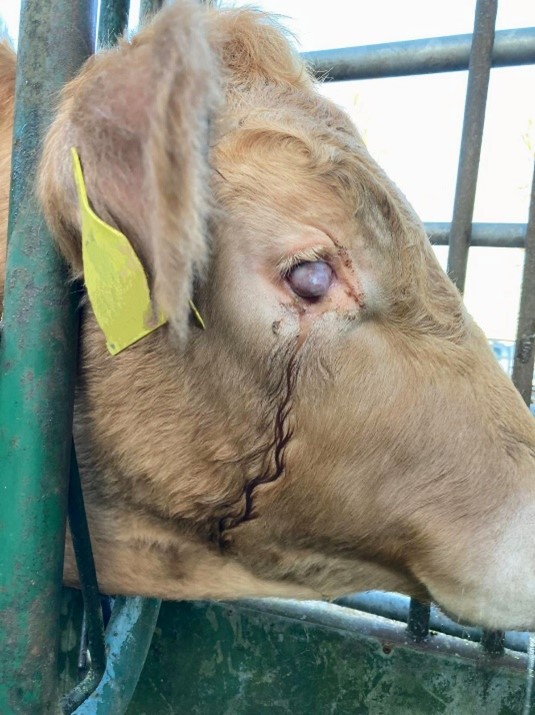

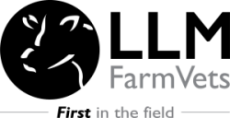
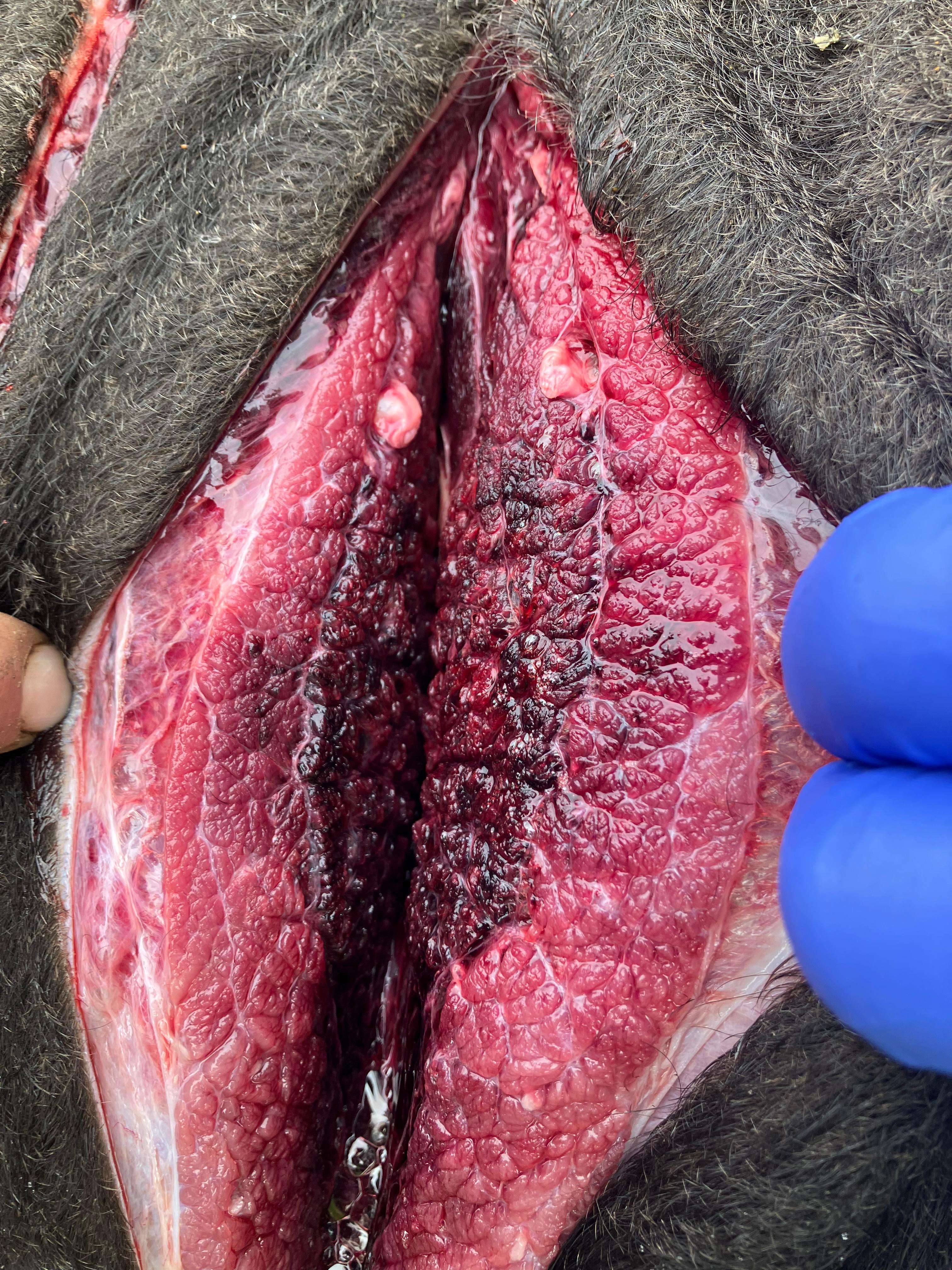

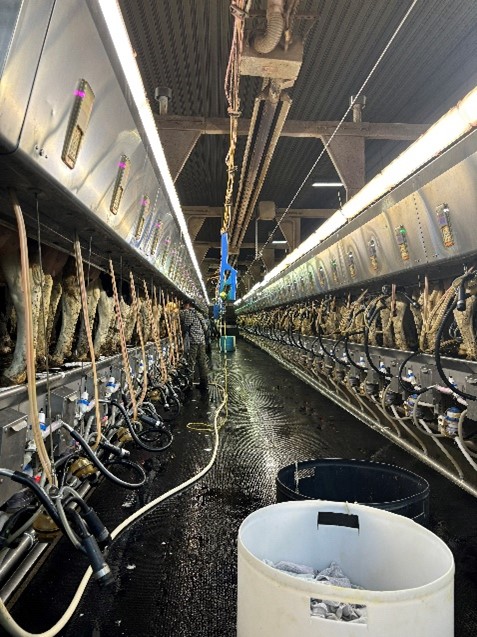
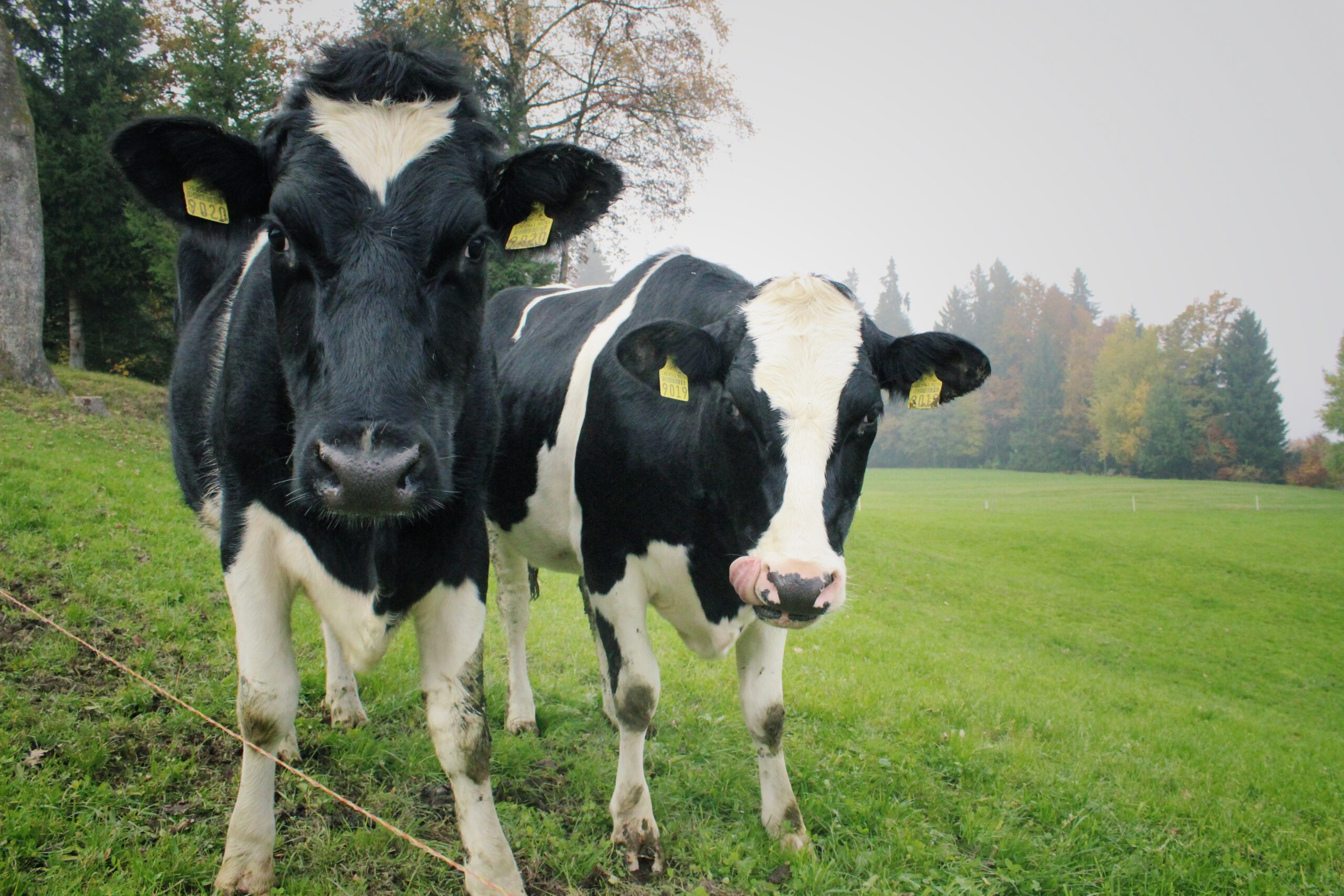
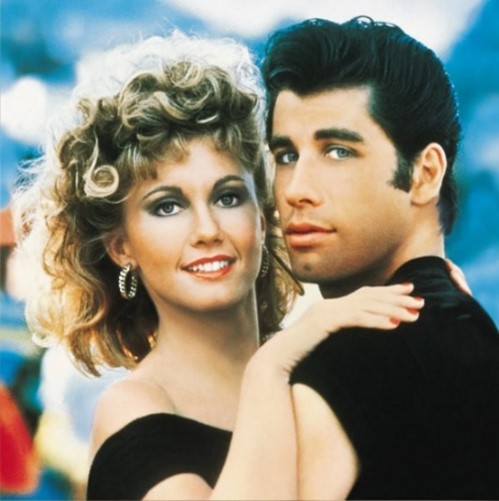
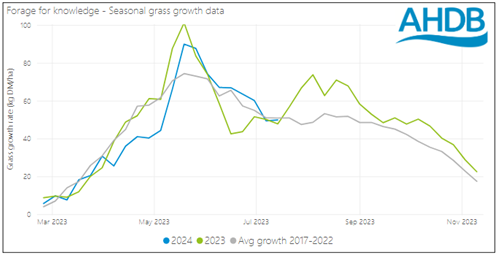

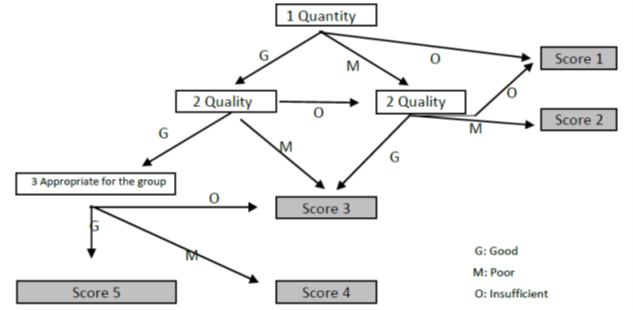

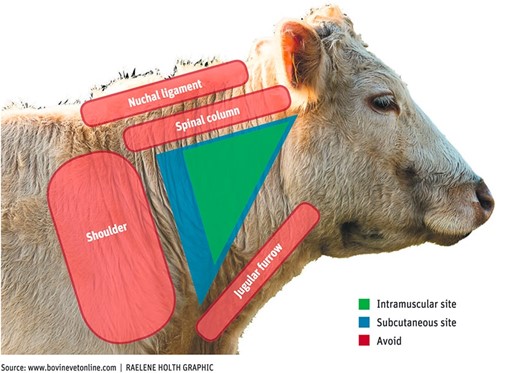
Leave A Comment